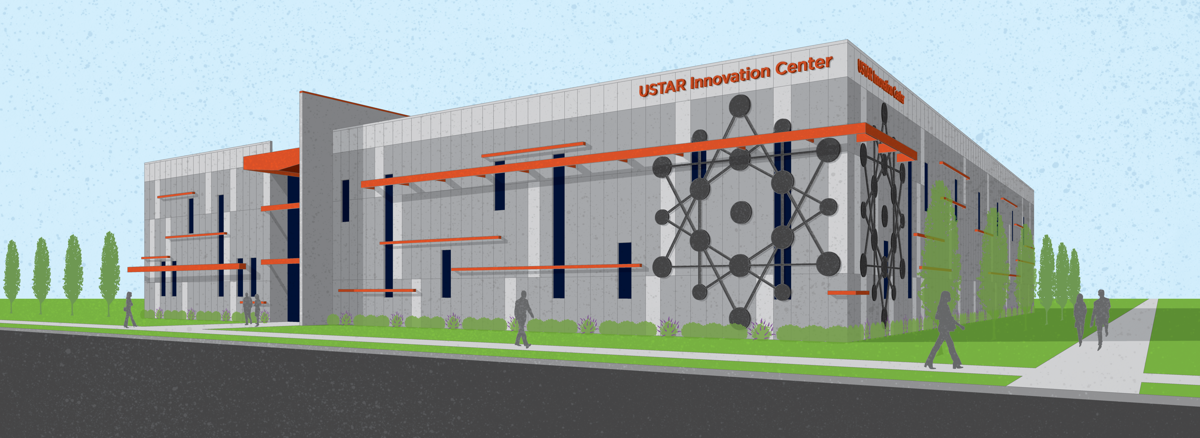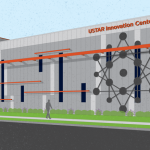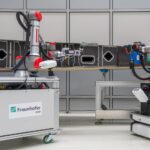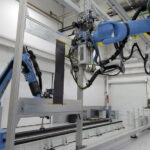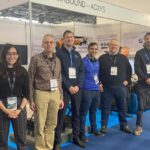USTAR is billing the facility as one aimed at “meeting the needs of the aerospace/defense, advanced materials, composites and outdoor product sectors.” USTAR Executive Director Ivy Estabrooke said the center represents a novel and targeted approach to offering a leg up to Utah tech startups.”We’re excited about it because it’s a unique facility,” Estabrooke said. “The center is providing a central point for collaboration for startup businesses working with aerospace materials and advanced composites, as well as any company that could benefit from access to this very precise equipment.” That equipment includes a waterjet (a machine for cutting and milling various materials using a high-pressure stream of water and abrasive), a laser cutter, a computer-controlled mill and lathe, and more. Estabrooke also noted a first-of-its-kind collaborative agreement between the state and the Air Force that could set the table for connecting Hill engineers with local innovators, as well as putting Utah fabricators to work on helping keep the aircraft there in tip-top shape. “One of the challenges the Air Force has, and Hill specifically, is there are a lot of planes in the current fleet that should have gone out of service 10 or even 20 years ago that are still being maintained,” Estabrooke said. “In some cases, parts have long been unavailable, and this facility could help in the process of reverse-engineering critical components to keep these planes flying.” The center already has two tenants lined up, OxEon Energy, a solid fuel cell developer, and RefloDX, an electromedical equipment business. Estabrooke said the facility has six office spaces and 20 co-working spaces. Tenants can lease full-time space or access co-working areas and equipment on an as-needed basis. Falcon Hill Research Park is a 550-acre site, developed by Utah-based Woodbury Corp., located just outside the west gate to Hill Air Force Base. The development already has aerospace heavy-hitters Lockheed Martin and Orbital ATK as tenants. Estabrooke said the center’s proximity to established commercial and defense aerospace contractors, as well as the collaboration with Hill, could offer some very unique opportunities for Utah tech entrepreneurs looking for opportunities in a sector that’s notoriously hard to navigate. “If you’ve never worked for the Defense Department, it can be very challenging to understand all of the requirements and considerations,” she said. “Those working out of the Innovation Center should have great access to many people who should be able to help illuminate how startups can meet those needs.”
